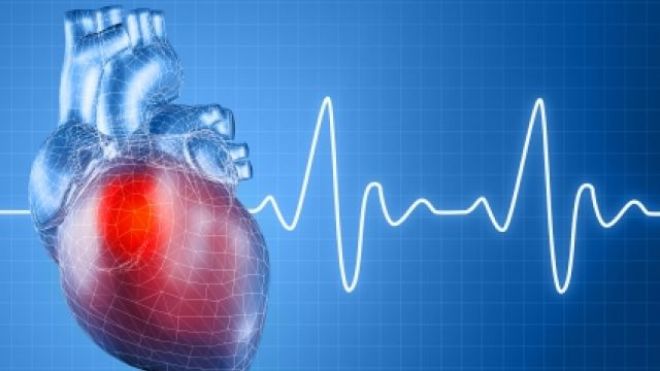Combined supplements no better for cholesterol
The cholesterol-lowering agent red yeast rice, an alternative treatment method for patients that can't tolerate statin drugs, doesn't work any better when a plant-derived compound called sterol is added to it, according to a new study.  “I expected to see a synergistic effect with red yeast rice, and I was shocked to see no effects whatsoever,” the study's lead author Dr. David Becker said. Statin drugs like Lipitor are the first-line option for lowering low-density lipoprotein (LDL) levels, or “bad cholesterol,” for patients at risk for heart disease, said Becker, a cardiologist with Temple Health Systems in Philadelphia. But while 15 million Americans take statin drugs, according to IMS Health, “10 to 20 percent of people can't tolerate statins and stop them,” said Becker, because of bothersome side effects, like muscle pain. Some of those people turn to red yeast rice, which is made by culturing yeast on the grain, and contains a statin-like compound that slows the body from making its own cholesterol. Red yeast rice supplements usually cost about $20 for a bottle of between 100 and 200 600-milligram tablets. Previous studies found that phytosterols, plant-derived steroids found in vegetable oil, lower LDL levels when used alone. Outside of dietary sources like margarine, phytosterol supplements are available in drug stores for about $20 for 200 900-milligram tablets. The study included 220 people with high LDL, averaging around 150 milligrams per deciliter, who had discontinued or declined statins prescribed by their doctor. (For people without heart disease risk factors, national U.S. guidelines recommend levels below 130.) They all took 1,800 milligrams of red yeast rice twice per day. Half of the group also took two 450-milligram tablets of phytosterols twice daily, while others took a placebo, for one year. Half of the participants attended meetings with doctors, dietitians and exercise physiologists for three months and was told to exercise and eat a Mediterranean diet for the rest of the year. The other half did not have special diet or exercise instructions. There was no difference in LDL cholesterol between the phytosterol or placebo groups at three months, six months or one year, according to the study published in the American Heart Journal. “There was absolutely no effect of phytosterols in any manner across the board,” Becker said. Though the diet and exercise group members seemed to have a head start at lowering their LDL, at the end of the study both groups had arrived at the same average of about 110 milligrams per deciliter. SEVERAL LIMITATIONS The trial had several limitations, according to Dr. Jeffrey Shanes, a cardiologist at Loyola-Gottlieb Memorial and Elmhurst Memorial Hospitals in Melrose Park, Illinois. About 30 percent of study participants dropped out of the trial after being screened and put in a treatment group, Shanes, who was not involved in the study, said. The statin-like compound in red yeast rice can cause the same muscle pain as synthetic statins for some patients, he said. Red yeast rice contains some sterols of its own, so it's possible that adding more sterols didn't appear to lower LDL any further because they were already in play, Shanes said. Becker would recommend diet and exercise before red yeast rice, he said. Batches subject to poor quality control may contain a potentially fatal liver-damaging byproduct of yeast fermentation, for example. And it may also increase the risk of muscle injury when combined with other cholesterol drugs. “Under no circumstances should people be going to Walgreens and getting red yeast rice because of the potential drug interactions, because every batch is different,” Shanes said.source : http://www.foxnews.com/health/2013/05/17/combined-supplements-no-better-for-cholesterol/
